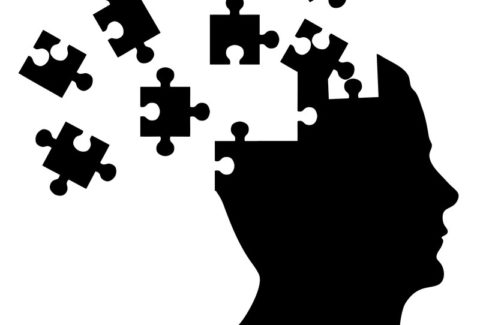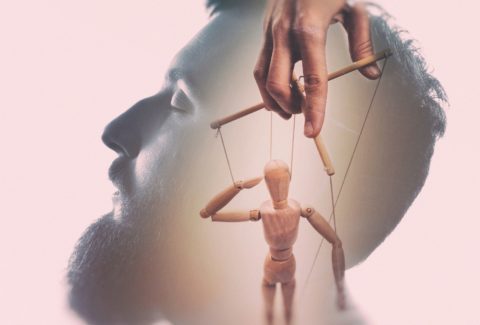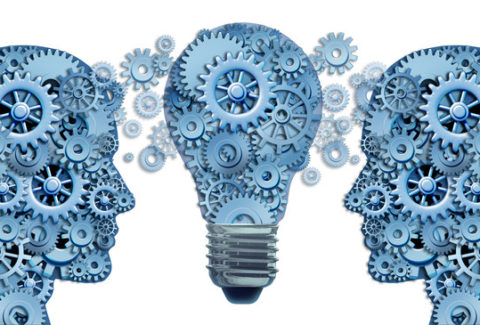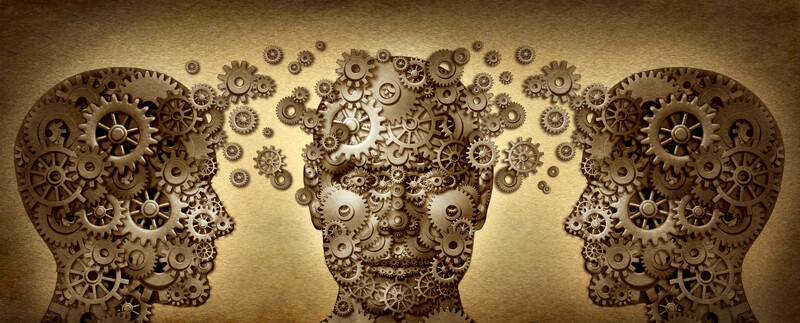Reality, Self-Image, and Self-Concept
Nothing Real Can Be Threatened. Yes, but what does that really mean? Well, for us to know what that means, we first need to define “Real.” And before we define “Real,” we ought to say that we are not referring to the “real” that is unique to everyone, that varies as much as there are people in the world. This would be spelled with lower case “r” while by “Real,” we are alluding to what’s Real universally. We are referring to that which is Constant, that which does not change.
Now, information is in the difference, and it may help to look at what is not “Real” to draw a contrast to then explain what Real is.
What is not “Real”? Let us look:
Our Self-Image:
First, let us define it: “Self-image is the mental picture, generally that is resistant to change, that depicts items that have been learned by individuals about themselves, either from personal experiences or by internalizing the judgments of others.”
Now, from this definition, it may be obvious to many how and why self-image is not real. For, once again, “Real” is defined as something that cannot be threatened. Let’s explore this further.
First, our self-image is a “mental picture.” Now for the sake of clarification, let us define “mental picture,” which is defined as, “An experience resembling the experience of visually perceiving some object, event, or scene, yet occurs when the relevant object, event, or scene is not actually present to the senses. This sometimes produces the same effects as would be produced by the behavior or experience imagined.”
Once again, the first clause of the concept, “Self-image,” explains why it is not Real. It is a “mental picture” where we perceive something but it is not really present. As it is also stated in this clause of the definition of “self-image,” it is resistant to change, and this helps explain why despite our self-image not being Real, we are ready to defend it, fight for it, do whatever it takes for it, including dying for it. For in our mind, the threatening of our “self-image,” in and of itself means and implies death. Lastly, the question is, how did we get here? Well, the beginning of the answer lies in the last part of the definition. It explains that our self-image comprises components that we have been learning, either through Classical Conditioning, Operant Conditioning, or Social Modeling. In turn, this whole process uses our personal experiences, including what we have heard from others about ourselves, and internalize them. Needless to say, our self-image is intrinsic to our beliefs, values, and thoughts, all of which can and do change, can be and do get threatened, and therefore are unreal. This means that the basis for “self-image,” which is a belief, is unreal, and that is only one of the many explanations to why “self-image” is unreal.
Now, “self-image,” while unreal, makes up one of the components of our “self-concept.” “Self-concept” answers the question, “Who are we?” which is by far the number one and most important question that any one of us will ever answer. Yet and once again, it is closely linked with an unreal concept, a concept that is not found in Reality, and this clearly implies that the farther away from Reality are the items of one’s self-image, the less likely one is to answer the question, “Who are we?” accurately. This also means the concept of “self-image” warrants a fuller understanding, particularly if we are to help our patients and clients in their process of answering for themselves, their self-concept question. As such, let us look deeper into this concept of self-image.
We started to look into the mechanism of our self-image, let us spell it out a bit more :
From a typological perspective, the mechanism of one’s self-image can be represented as follows:
-
Our perception about ourselves
-
Others’ perception about ourselves
-
Our perception about others’ perception about ourselves
-
Our perception about how others perceive themselves
If self-image is not real, then what would be the counterpart of “self-image,” in Reality? And the answer to this is NOTHING. There is no such thing in Reality, nor is there its counterpart. For there is, and there can be no image in Reality. Image is defined as “An artifact that depicts visual perception, that resembles a subject, usually a physical object, of which it provides a depiction.” In other words, an image simply attempts to provide a representation of something. It is not the object itself. And in the world of Reality, there is no representation, there is no artifact and there is no perception.
Now, with the basic knowledge about the unreal nature of the concept of “self-image” and its close association with “self-concept,” we are presented with a dilemma. “Self-concept” as a concept itself is not unreal, it is real, it is Reality-Based. In other words, we are, he is, I am, they are. Yet, while the concept, itself of “self-concept” is “Real,” its content may be Real or unreal. In other words, it all depends on the predominant thought system one is operating from. For example, someone with a self-image that is far from Reality-Based thinking is predominantly operating from Illusion-Based thinking and therefore their self-concept content cannot be real. We are now ready to proceed with describing what the content of someone’s self-concept who is predominantly operating from Reality-Based thinking look like? This requires us to take a slight step back. Here we go:
“Self-concept is a collection of beliefs about oneself, and embodies the answer to “Who am I?” Here, the key word is “beliefs.” If our beliefs are Illusion-Based, then the content of our self-concept will be Illusion-Based as well and therefore unreal. Conversely, if our beliefs are Reality-Based, then we are likely to present with self-concept content that is also Reality-Based and therefore Real. As such, the next natural step seems to be for us to look at the types of beliefs that are Reality-Based, which would then inform the content of a self-concept that is based on Reality. Here’s a starting list:
-
Part of a Whole
-
Completion
-
Root-Outcome
-
Consciousness
-
Inside-Out
-
Shared Role
-
Innate Principle
Are you willing to take a look at what each of these Reality-Based Beliefs mean to you? Where you might be with each one of them and then compare your current self-concept accordingly?
An easy way to determine what is real is to define what is unreal. We have seen how self-image is unreal, both in concept and content, while self-concept can be either unreal or real, depending on its content. What would you say is the content of your self-concept? Would you mind sharing with us?
We look forward to hearing from you.
Until soon,
Karen and Mardoche









